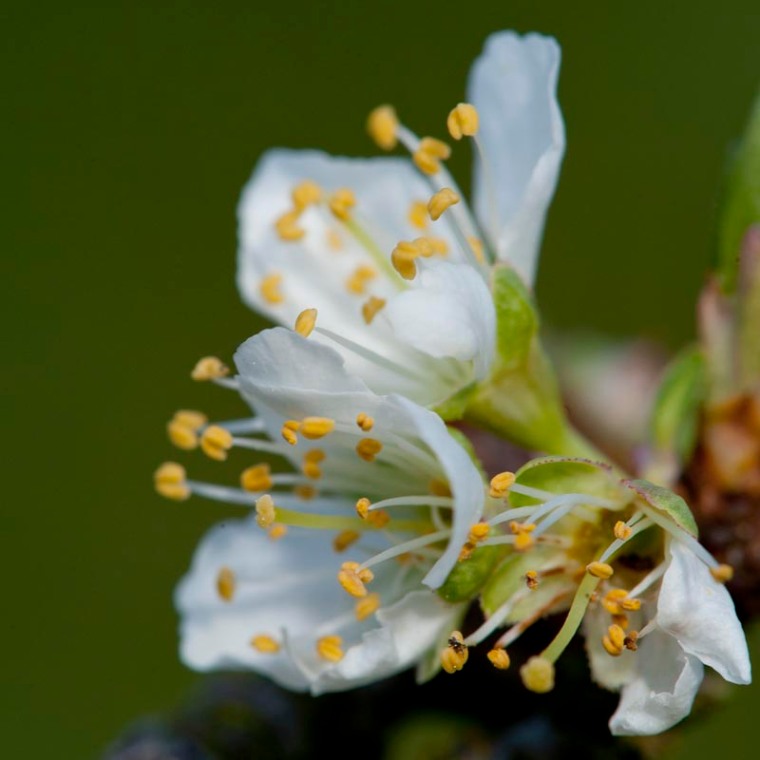Today us folk in the Southern Hemisphere get our turn to celebrate ‘Hoodie-Hoo Day’ (about 6 months after the Northern Hemisphere version). So what is Hoodie-Hoo? Well, in a nutshell it’s the day where we should all go outside at noon, drink in the (hopefully) warming weather and at the top of our lungs yell “Hoodie-Hoo!!” to chase away the winter blues and to celebrate the fact that spring is on it’s way.
According to some sources, you can celebrate the day in even more authentic style by donning a funny or unusual hat while performing your celebratory shouting.
‘Southern Hemisphere Hoodie-Hoo Day’, and its companion ‘Northern Hemisphere Hoodie-Hoo-Day’ are two of 80-odd holidays dreamt up by the folks over at Wellcat.com, a herbal company who felt the world simply didn’t have enough holidays, and came up with a bunch of new ones under the moniker of “Wellcat Holidays”.
The reason I decided to feature this day is that it got me thinking about this amazing time of year, when the seasons almost imperceptibly start changing. It is more often than not still cold and miserable, but everyone knows it’s not quite winter anymore – animals stir from hibernation, trees start budding all over the place, flowers appear as if by magic and there really is a sense of anticipation in the air.

(© All Rights Reserved)
Ever wondered how plants know spring is approaching? In a New Yorker article I found, Dr Susan Pell from the Brooklyn Botanical Garden explains things very nicely. According to Dr Pell, “Why and how plants flower when they do is something that has puzzled botanists for centuries. We’ve come a long way, but there is still quite a bit about the signalling details that we don’t know. There are many factors involved, but given the right growing conditions (soil nutrients, water and sun exposure), day length and ambient temperature are the key factors.”
Various proteins in the plant (such as phytochrome and cryptochrome) can actually sense the relative lengths of the light and dark parts of the day. (This is an example of photoperiodism.) Furthermore plants also sense ambient temperature, with some plants requiring a cold snap before they will start flowering. Once the nights become short enough and the temperature reaches the right level, growth, and specifically flowering, is triggered in the plants. As far as temperature is concerned, plants tend to not be fooled by a single unexpected warm day, but rather react to a sustained warm period. If such a period occurs too early, it can trick the plant into flowering earlier than it is supposed to, which could expose the fresh growth to frost damage in a subsequent cold spell. The plant’s light and dark sensing abilities should keep this from happening, but particularly in cities with lots of artificial light, these sensors may be too confused to function correctly.
Dr Pell furthermore says, “The hypothetical protein that signals plants to bloom once the ideal conditions have arrived has long been called ‘florigen‘, but it is uncertain whether or not it has actually been identified.” Claims to its identification has been made in various research papers, but no conclusive evidence have been presented.
I sometimes wonder whether us humans also have our own florigen-like trigger telling us that spring is on its way? One definitely gets a sense that the seasons are changing – this sense of new life stirring – even before you see spring flowers appearing. The world not only looks different (subtle changes in the colours of the sky and the land), but it also feels different – an early morning jog is still nippy as hell, but the cold somehow starts to feel refreshing, rather than depressing.
I don’t know – perhaps its merely the fact that my diary tells me spring is on its way that makes me see and feel things. Whatever the case may be, and whether it’s florigen induced or not, I am definitely going to let rip with a loud ‘Hoodie-Hoo’ holler today!
(And to all my Northern Hemisphere friends – hang in there, and mark 20 February in next year’s diary. It may still be six months off, but your chance to ‘Hoodie-Hoo!’ is coming – better start practicing!)
5 Comments